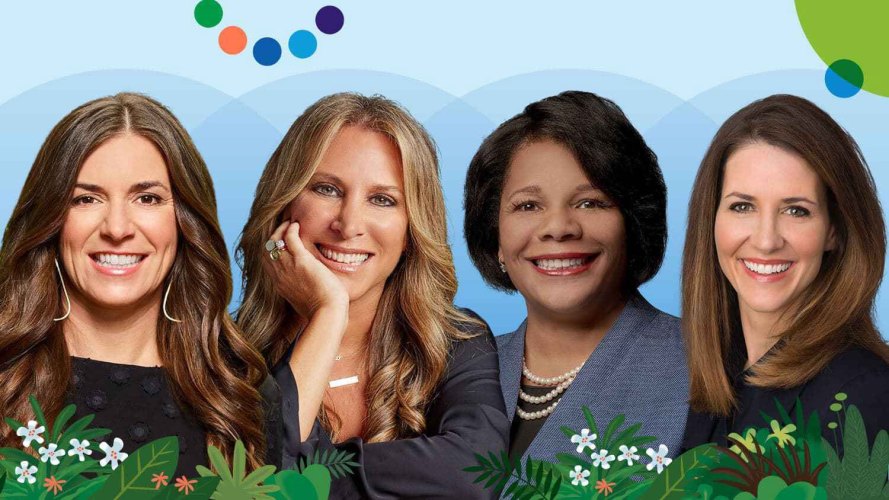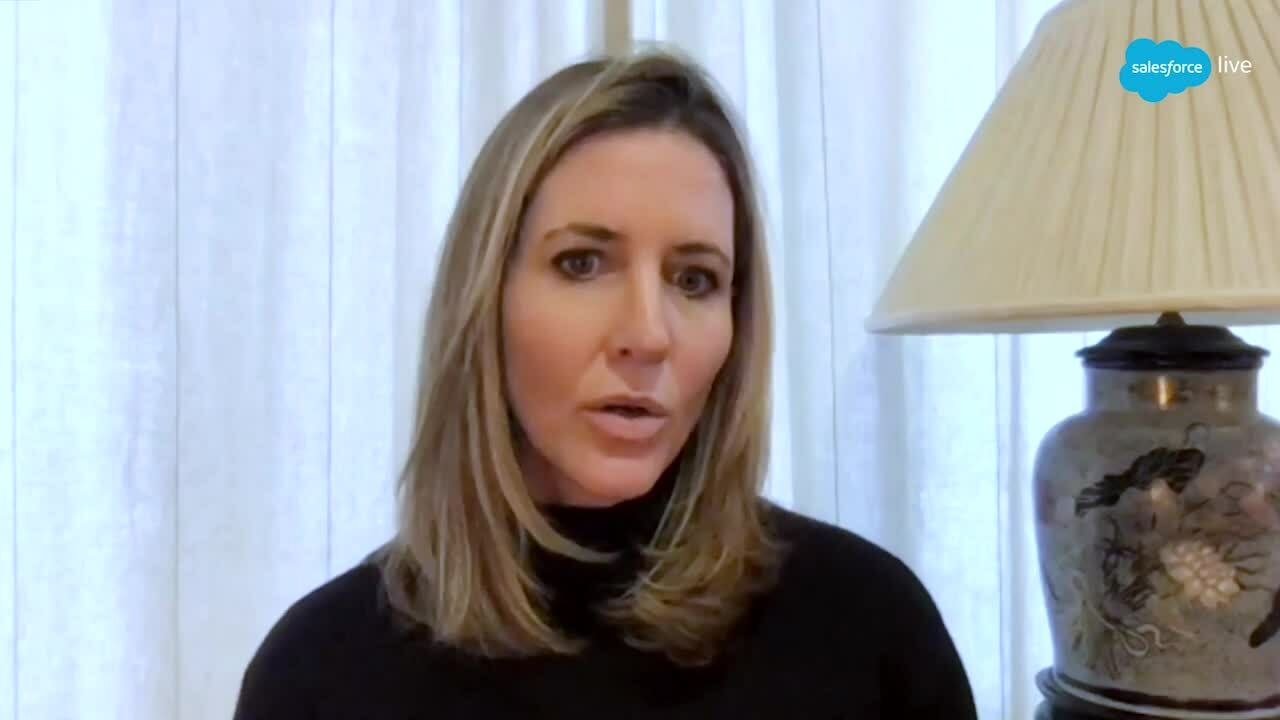The Female Quotient Founder and Chief Executive Officer (CEO) Shelley Zalis quotes the World Economic Forum’s haunting stats: it’ll take more than 257 years to close the gender pay gap. The pandemic set us back an additional 25 years. It will take 99.5 years to close the gender gap in the C-suite. Women are still paid 82 cents on the dollar. For Black women, it’s 64 cents on the dollar; Latinas, 53 cents. “This inequity is a leadership issue,” she said. “We need to take steps forward and hold ourselves accountable. We hope to inspire action to hopefully close these gaps within five years.”
On March 8, 2021, in alignment with International Women’s Day, Zalis joined a four-woman thought leadership panel painting the landscape of women at work. She’s joined by Salesforce President and Chief Marketing Officer (CM0) Sarah Franklin, FedEx Custom Critical President and CEO Ramona Hood, and Deloitte CMO Alicia Hatch. They share their observations on equal representation and equal pay, brass tacks on achieving career goals, and how problem solving is an essential for equity.
If you’ve watched this episode of Leading Through Change, or even if you haven’t, here are a few highlights from the episode:
Give us a snapshot of what the corporate world looks like for working women today.
Shelley Zalis: According to the World Economic Forum, it’ll take more than 257 years to close the gender pay gap. The pandemic set us back an additional 25 years. It will take 99.5 years to close the gender gap in the C-suite. Why are women still paid on average 82 cents on the dollar? Black women earn 64 cents on the dollar. Latinas, 53 cents on the dollar. This inequity is a leadership issue. We need to take steps forward and hold ourselves accountable. We hope to inspire action to hopefully close these gaps within five years.
The rules of the workplace were written more than a hundred years ago by men, for men. And they don’t work for us. If we just keep conforming and following the legacy leadership roles, it’s not going to work, and we’re all going to opt out. That’s why we’ve seen the drop-off from 50/50 to less than 17% in the C-suite. Women fall off in middle-management, which is the messy middle.
Our advice to corporations is: Don’t worry about what was. Worry about what can be. And look at possibilities, not at textbooks. You want to close the gap? It’s not hard. Equal pay for equal work, so set yourself up with the parameters to achieve that. It’s also about policies and benefits in the workplace – there are so many that do not reflect and do justice to primary caregivers, which are still predominantly women. If we life-stage accommodate, we can attract and retain our best talent. And, we need to create pathways to leadership. You can fill the pipeline with diversity, but if we don’t upscale our people to get to the top and help them through all of their life stages, we will continue to lose women.
My nickname is Chief Troublemaker. I break all the rules that make no sense and write the new ones. The greatest changes happen with the power of collaboration. I always say, “It’s the power of the pack. A woman alone has power. Collectively, we have impact.”
What tactics have helped you reach your career goals and shatter the glass ceiling?
Ramona Hood: I started as a receptionist at FedEx and I’ve been here for 30 years. I have certainly benefited from being intentional in my career and really focusing on three areas. I like to share these with other women so they can consider them for their career journey as well.
The first one is just getting comfortable with sharing what my goals and aspirations are to others.
I’ve also built out a personal board of directors. This is a network for me that includes coaches, mentors, and sponsors. It’s so important to have that network that will help you develop as well as advocate for you around your goals and aspirations.
The last piece is getting comfortable with the uncomfortable. Being with an organization for as long as I have, I needed to get intentional around my knowledge and go into areas where I didn’t have a technical background. I needed to get comfortable with learning new things and taking risks. All of those things have helped guide me.
How did you get your start, and how is problem solving an issue of equality?
Alicia Hatch: Mine was not exactly a typical start for a marketer. I was a program manager for a team sent to help eradicate flesh-eating bacteria disease across rural West Africa – which essentially meant I was the chief problem solver. But the problem we went to solve was not the problem I found when we arrived.
When I got there, the people we were trying to reach were hiding from us. And they didn’t want to listen to me as someone from a country far away. I had to figure out how to reach them. I had to figure out who they did trust, who could influence them, and how to work with an entire village to change a perception that was getting in the way of their health.
Over time, we realized that the medicine men were selling herbs to cure the disease and that if we paid them, they’d be willing to tell people to go to us instead. Then we worked with the village women who bring the water and check in on everyone daily to help them to understand our work as community health workers. We learned how to drive perception change.
That ended up being what took me into video game marketing, and ultimately to a career that I couldn’t have expected. All through creative approaches to problem solving.
This post is the latest installment of Leading Through Change, our video conversation series with industry and thought leaders who use Salesforce products to transform the way they work.





























